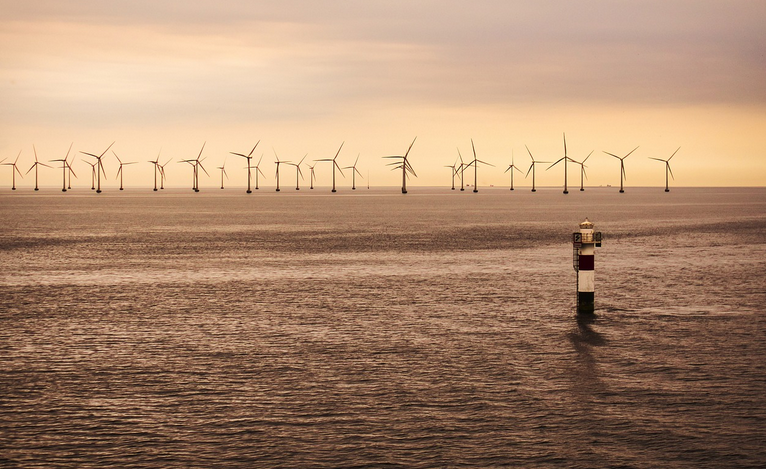The transition to clean and renewable energy sources has hit significant hurdles, particularly with wind power in the UK, where the situation has escalated to notable levels of inefficiency and fiscal waste. According to reports, the UK is expected to pay over £1 billion ($1.3 billion) to compensate wind farms for unused power due to grid congestion. This situation arose primarily because, despite a remarkable increase in wind energy capacity—anticipated to see a 50% growth over the past five years and expected to double in the following five—the electrical grid itself has failed to keep pace. Consequently, the grid operators have taken the drastic measure of paying wind farms, especially those in Scotland, to remain offline during periods of high wind when they would otherwise generate substantial energy.
Moreover, this energy disarray has major implications for the UK’s objective to achieve a net-zero electric grid by 2030. The challenges stem from the mismatch between the growing output of renewable energy and the grid’s limited ability to handle that surge. In instances of high wind, such as during Storm Bert, substantial investments have been wasted, shutting down major wind energy projects like the £3 billion Seagreen project, resulting in an absurd scenario where the UK pays its wind farms to cease operation while simultaneously activating gas-powered plants located closer to urban areas. The irony in such a setup raises concerns about the sustainability and planning of energy policies as gas remains an alternative despite the move towards a greener economy.
The financial outlook for wind energy manufacturers is equally bleak, with major companies incurring substantial losses amid a landscape filled with challenges. General Electric’s offshore wind sector is slated to lose about $1 billion over 2023-2024 due to inflation, high interest rates, and supply chain disruptions, among other hurdles. Other industry players like Siemens and Vestas have reported substantial losses or declines in profits, highlighting that the wind sector is struggling under the weight of both rising component prices and an increasingly complex regulatory environment. Extended timelines for project approvals further exacerbate these difficulties, with many competitors in the global market advancing at a quicker pace.
In the United States, the landscape isn’t any better as project cancellations in offshore wind initiatives reflect a troubled trajectory. Much of this uncertainty stems from significant cost issues, leading developers like Orsted to cancel promising projects in New Jersey due to a multitude of factors that include rising interest rates and inflation. These complexities are compounded by legislative hurdles, particularly the Jones Act, which restricts transportation of offshore wind turbine components to U.S. vessels only. This requirement results in inflatable costs and challenges in project execution, creating a vicious cycle that threatens future investments in renewable energy.
While the Biden administration has set ambitious targets for wind energy, evidence suggests developers are now scaling back expectations due to inflated costs and opposition to their projects. The goal of installing 30 gigawatts of offshore wind by 2030 may soon be tuned down to half that figure, with current market conditions making it difficult to profit from such investments, even with substantial subsidies in place. The growing pressure around the environmental impact of wind turbines—particularly concerns regarding wildlife—further complicates prospects for expansion in the wind energy sector. Investing in projects that cannot deliver profitability without subsidies raises serious questions about their viability.
Amidst these unfolding challenges, a critical economic principle emerges: projects reliant on taxpayer funding for viability should be reevaluated, especially when they do not meet market standards for profitability. The push for maintaining wind energy developments under existing frameworks may result in significant financial burdens on taxpayers while failing to achieve strategic energy goals. As the industry grapples with structural inefficiencies, it becomes increasingly important to consider the broader economic implications of wind energy and to weigh the long-term impact on sustainability versus economic viability, ultimately advocating for market-driven approaches to energy development without over-reliance on public subsidies. Such a recalibration could provide more effective pathways to achieving the desired transition to renewable energy, with less exposure to economic risks and taxpayer liabilities.

